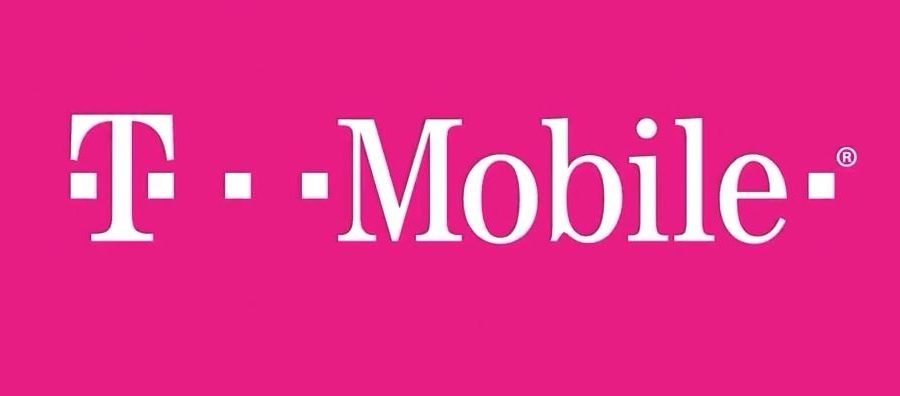The eight new things we learned about New T-Mobile
The merger between Sprint and T-Mobile is now finally, officially closed. And as a result, the newly combined company – often referred to as “New T-Mobile” – is now offering some new details about how it’s going to challenge market leaders AT&T and Verizon.
Sprint and T-Mobile have previously offered a wide range of details about their merger plans during the two years they sought regulatory approvals for the transaction. For instance, New T-Mobile will spend $40 billion over three years to build a massive 5G network. It also plans to offer in-home Internet services across wide swathes of the country in a challenge to the nation’s cable providers.
But that’s old news.
Here are the new things we learned about T-Mobile’s merger efforts and go-to-market plans:
1. It obtained Tunney Act approval
In a bit of legal minutiae, antitrust decisions by the Department of Justice must be reviewed by a judge, according to the Tunney Act of 1974. Judge Timothy Kelly – a 2017 appointee of President Trump – has been conducting the Tunney Act review of the DoJ’s approval of the Sprint and T-Mobile merger for months.
He had initially been expected to render a decision in November. It’s unclear why he didn’t.
Nonetheless, T-Mobile confirmed that Judge Kelly issued his Tunney Act approval Wednesday.
2. T-Mobile did not obtain CPUC approval
The California Public Utility Commission (CPUC) was the only state telecom agency that didn’t approve the merger.
The agency did schedule a vote on the transaction for April 16, but T-Mobile decided not to wait. The company withdrew the wireline portion of its merger from consideration at the agency, which it argued eliminated its need for CPUC approval of the transaction.
However, T-Mobile said it would continue working with the CPUC to conclude the agency’s review on April 16.
3. CEO John Legere is leaving early
Legere previously had said he would step aside as the company’s CEO by May 1, but T-Mobile said that Mike Sievert would take over the CEO role Wednesday, ahead of schedule. Legere will continue as a member of the T-Mobile board of directors through June.
“I’ve been fortunate enough to lead this company for the past seven years, but now it’s time for me to hand the reins over to Mike Sievert. The board of directors and I agree that it makes perfect sense for Mike to assume his leadership role on day one of the new company. He’s ready!” Legere said in a statement.
4. T-Mobile is starting its 5G buildout “almost immediately”
T-Mobile has long said that the primary driver for its merger with Sprint is its desire to combine its 600MHz spectrum with Sprint’s 2.5GHz spectrum for a 5G network. Indeed, in its release Wednesday the operator promised its forthcoming network would have 14 times more capacity in the next six years than T-Mobile alone has today. The operator added that it expects to provide average 5G speeds above 100Mbit/s to 90% of the US population within the next six years.

















